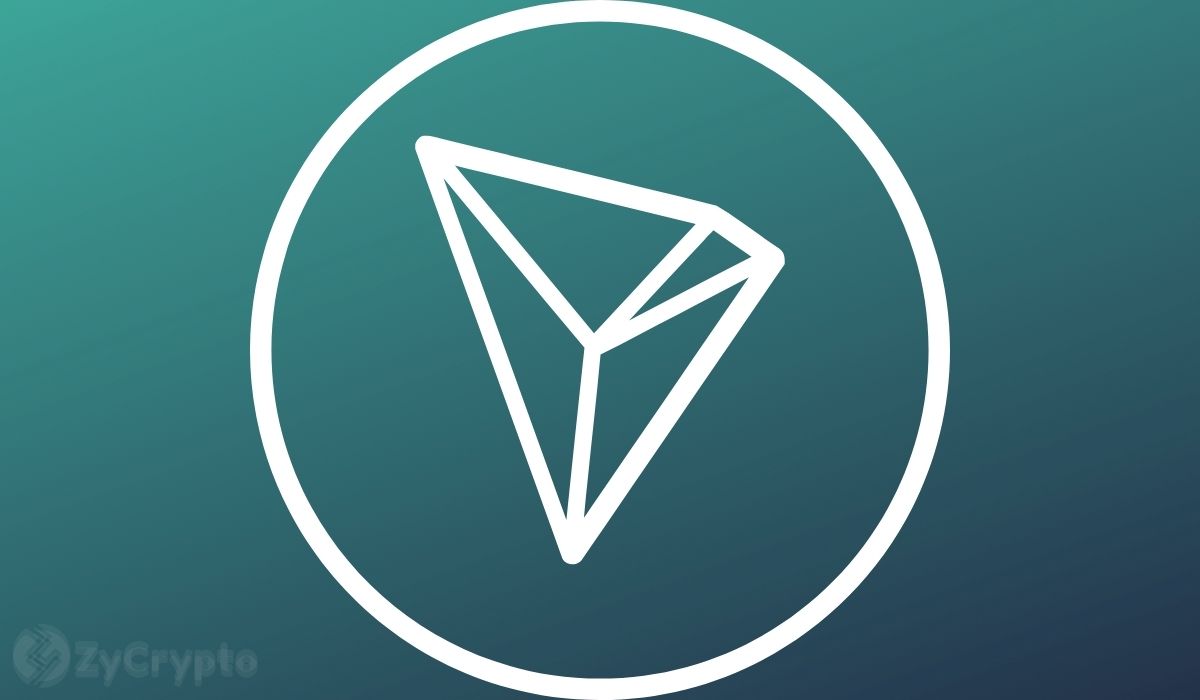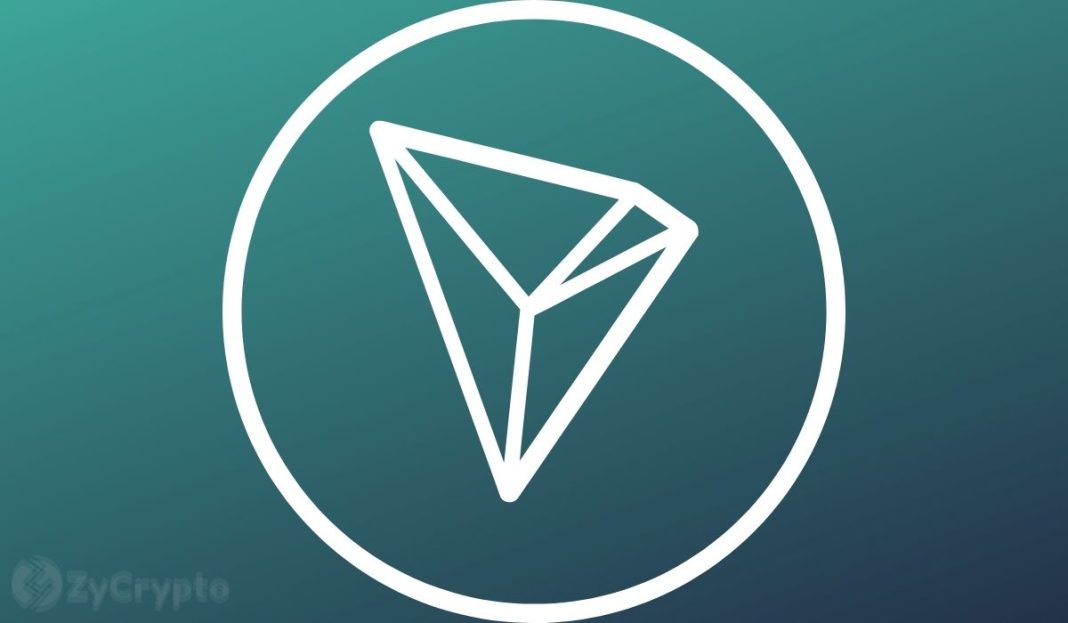
 
 
Justin Sun’s Tron (TRX) is now the 9th biggest digital asset by market cap after overtaking Toncoin (TON) following the unexpected arrest of Telegram CEO Pavel Durov in France and a meme coin craze on Tron.
Tron Flips TON Out Of Top 10
As of this writing, Tron has a market cap of $14 billion and is holding onto its edge over The Open Network’s (TON) $13.6 billion, according to CoinGecko.
French authorities apprehended Telegram’s Pavel Durov outside of Paris on Saturday after he arrived on his private jet from Azerbaijan. TON’s price sharply dropped as the crypto has close ties with Telegram. The messaging app launched TON in 2018, which runs on the proof-of-stake (PoS) blockchain.
However, after a lawsuit from the U.S. Securities and Exchange Commission, Telegram ditched the project. The TON Foundation took over and currently lets users send commission-free cryptocurrency transfers to other Telegram users. Telegram-affiliated TON is now down 22.1% over the past seven days.
Meanwhile, the Tron network has witnessed a huge uptick in activity in recent days as the newly released SunPump generates record revenues for the underlying TRX network. SunPump is a platform built atop Tron that allows users to easily mint meme coins and trade them as they would on crypto exchanges.

 
SunPump’s skyrocketing activity last week helped push the product past Solana’s highly successful meme deployer Pump.fun, boosting the price of TRX tokens as a result. TRX has jumped by around 12.7% over the last week, beating Bitcoin (BTC) and major token gains. It is trading for $0.1618 per coin as of publication time.
Can Tron Dethrone Ether?
Tron has emerged as a strong contender in the race to unseat Ethereum as the industry’s second most valuable crypto, thanks to a significant increase in profitability and user adoption on the network. Tron’s low transaction costs are a key factor in its success, attracting interest from both developers and users.
Tron seeks to offer a more cost-efficient alternative to Ethereum, focused on slashing transaction costs and significantly speeding up processing times. Unlike Ethereum, which can handle only 30 transactions per second, Tron can process up to 2,000 transactions per second.
Tron is evidently growing swiftly, supported by its capacity to handle a large number of transactions at lower costs. As such, Tron network profitability has soared and is now higher than Ether, the usual leader in decentralized networks. Overall, Tron’s growth has many in the cryptosphere wondering if it has the potential to usurp Ethereum in terms of market cap and user base.

